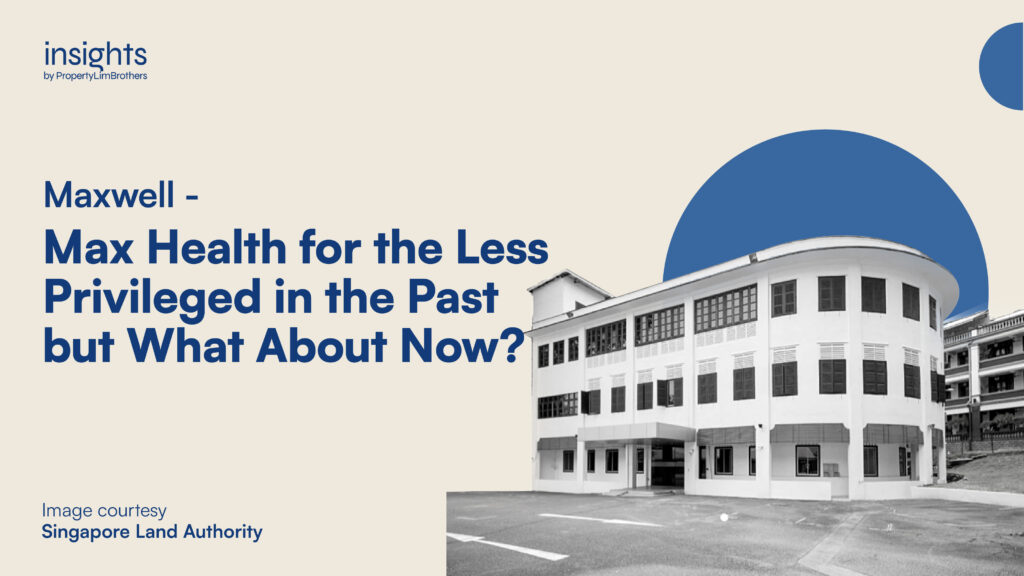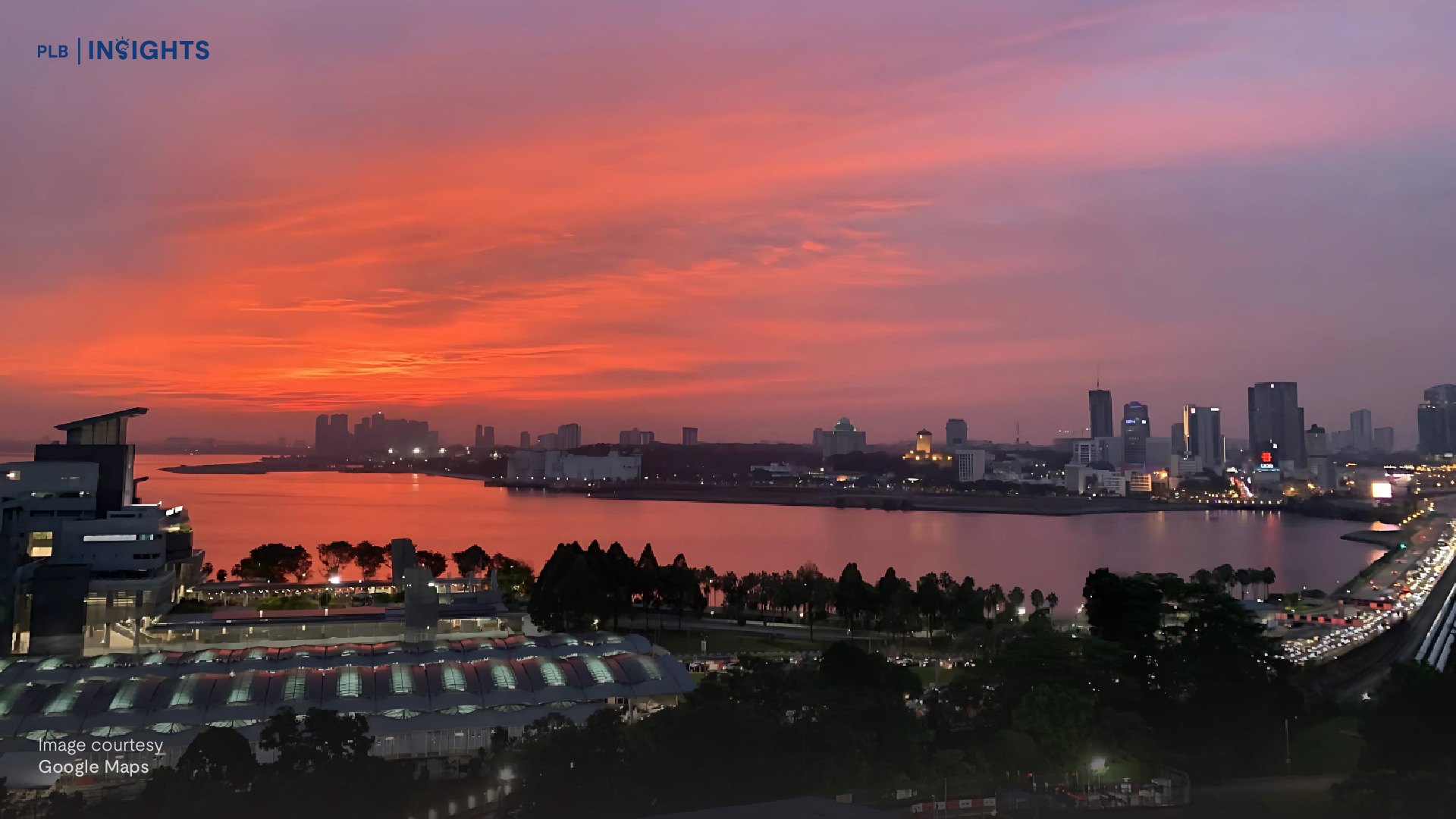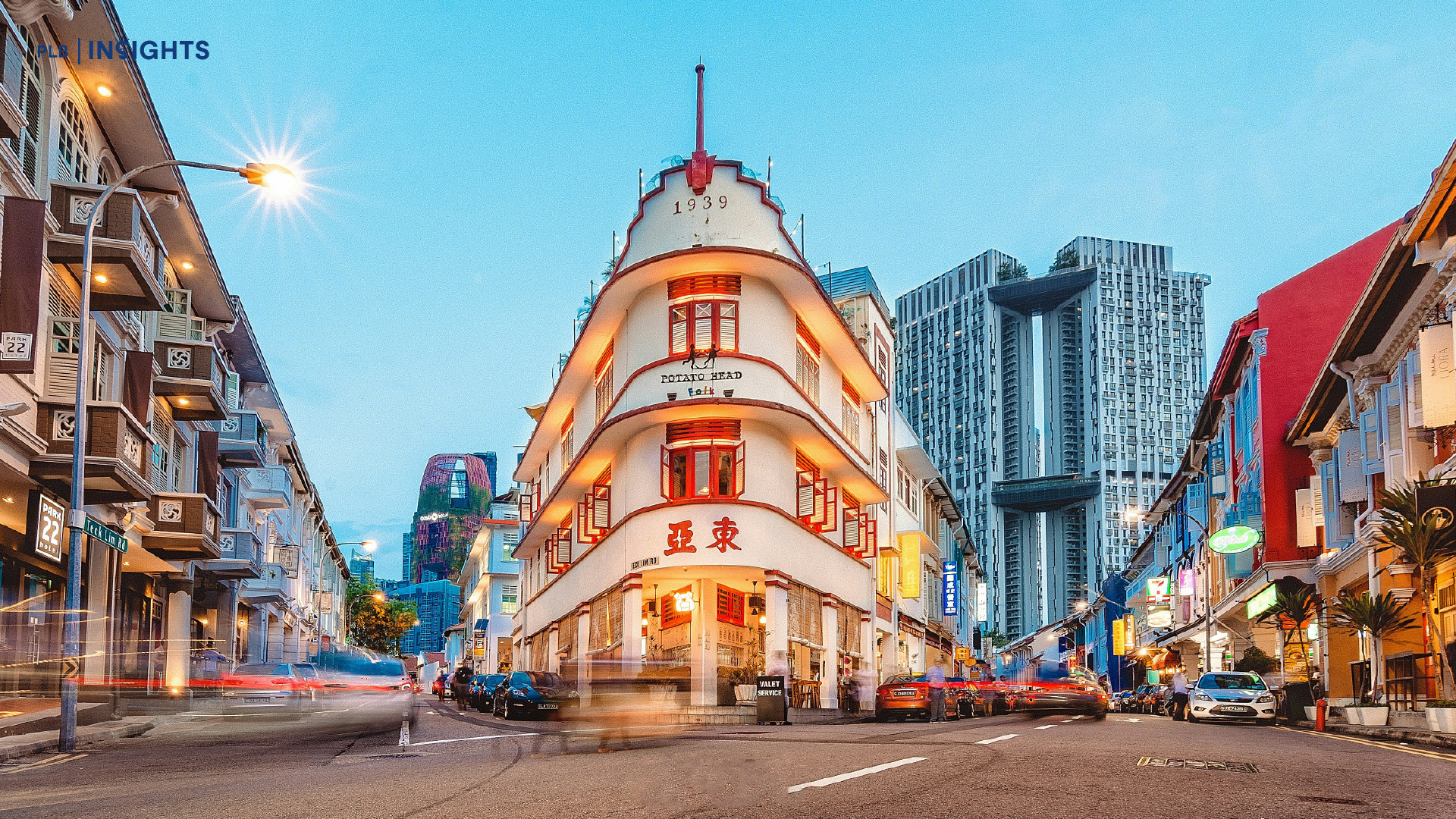
With its monochrome and plain exterior, the forgotten St Andrew’s Mission Hospital may just look like any other building lurking in the backgrounds of Maxwell Food Centre. In fact, when we think of “Maxwell”, the image of hawker culture and maybe even a whif of wokhey are likely to enthral our minds (and bellies). Few would have known about the hospital off Maxwell road, one of the earliest Modernist buildings in Singapore that helped many citizens live through the tumultuous 1920s.
The St Andrew’s Mission Hospital served many functions in early Singapore’s medical scene from a dispensary to a medical supply storehouse. However, its healing mission has come to a rest after Singapore Land Authority (SLA) took over its management and marked the property for residential and commercial use in 2019.
In this article, we will explore the historical and architectural significance of the former St Andrew’s Mission Hospital at 5 Kadayanallur Street and follow its journey from a salvation for the less privileged to a hopeful site awaiting its next chapter.
The Dispensary over the Decades
Unlike the government subsidies and ever increasing medical facilities we enjoy today, the healthcare scene in the 1920s was more macabre and less accessible. Only the privileged got to enjoy professional care, and this was a misfortune identified by Dr Charlotte Ferguson-Davie, founder of the St Andrew’s Mission Hospital.
Opened in 1923, the hospital started off as a dispensary with an all-female staff providing free services to those who could not afford and especially to women who avoided seeking medical treatment from male doctors. Many Singaporeans took advantage of the services and soon the overwhelming need for affordable healthcare, accompanied by high mortality rates, led to the expansion of the dispensary into the hospital we see today.
The facelift gave the hospital 60 new beds and kickstarted specialised clinics to help specific communities. For instance, the hospital started a specialised eye clinic for abandoned visually impaired children and a clinic for sexually transmitted diseases. However, this lifeline was unfortunately shortlived as the hospital was evacuated in late 1941 with the bombings from the Pacific War. Although the site did host some outpatient services during the war and occupation, the full medical functionality of St Andrew’s Mission Hospital never returned until after.
KK Hospital and Tan Tock Seng Hospital took over gynecologic and tuberculosis treatment, respectively. The hospital was repurposed after the war to a medical supply storehouse and finally returned to its origin as Maxwell Road Outpatient Dispensary from 1964 to 1998, where medicine was distributed to those who lived within the neighbourhood.
Built with Intention
After its closure as a dispensary, the property’s management returned to SLA, and is currently not occupied with its former exterior and interior design still intact. As one of the first modernist buildings in Singapore, the hospital was considered revolutionary in the architectural scene. Designed by Harry Robinson, the same architect behind Raffles Hotel and the colonial black and white houses in Singapore, the hospital too adopted similar monochrome shades.
However, what stands out from his other designs is the uniquely shaped triangular structure with a parallel triangular airwell inside (now covered up). Airwells are common in landed properties for various reasons, from aesthetics to natural lighting. However, in the past, when there was no air conditioning, airwells were practically essential, especially for shophouses, as they provide ventilation for the long and narrow space, with windows and doors only at the front and back of the property. (Fun fact: Shophouses used to be taxed by their width, so homeowners built their houses long and narrow to enlarge their homes)
Similarly, the hospital also used the triangular airwell to ventilate the space, letting in fresh air and sunshine, two of the elements thought to improve the conditions of young tuberculosis patients. In fact, the doctors strongly believed in those ethe and later on raised money to build the oldest electrical lift in Singapore.
Before the lift was installed, nurses had to carry the children and walk up flights of stairs to reach the rooftop. Thankfully, the hospital collected enough funds to install an elevator in 1929. As seen in the above image, the vintage lift features a collapsible iron gate, wooden panelling and steel weights, materials not commonly seen in our glass or stainless steel-finished lifts today.
Future Plans
Although the lift was still operational in 2018, Singaporeans might not get a chance to see it again. As of 2019, the hospital was marked for residential and commercial use without a conservation status. This means developers do not have to adhere to the conservation guidelines set out by the Urban Redevelopment Authority (URA) and can demolish any parts of the building as they wish. In turn, SLA will work with numerous government agencies to put the property up for adaptive reuse and reintroduce it under one of its long-term plans.
Even though the plan has not been announced, the downtown area has been going through major revamps in the past decade. For instance, the Central Business District (CBD) Incentive Scheme was initiated in 2019 by URA to rejuvenate Singapore’s ageing districts through the promotion of residential development in the urban cores. The scheme encourages owners of older and predominantly office buildings in the CBD to redevelop their properties into mixed-use projects, like what was envisioned for St Andrew’s Mission Hospital. In fact, just adjacent to the hospital is Maxwell House, one of the properties under the same CBD Incentive Scheme.
Recently enbloc, this District 1 office will eventually house 145 strata units in an extremely convenient location with food, public transport and heritage right at its doorstep. On top of location, Maxwell House Residences will be built with the intention of putting residents’ bodies, minds and souls first. With a collection of facilities like M-spa, Ice Therapy Corner and a serene hilltop walk, residents will be able to get away from the buzz of city living while appreciating the convenience of it all. Truly the best of both worlds.
Look Forward to Maxwell
Today, CBD busy bees may only recognise Maxwell by its food centre, but a century ago, Maxwell was not only a place to fill your belly, but also the place to fill up your HP (health points). Perhaps a century later, it will be a place for both devour and recover.
As St Andrew’s Mission Hospital approaches its centennial milestone, perhaps more would be known of its redevelopment and maybe even news of a conservation status may be announced. But for all we know right now, Maxwell is definitely a district to keep an eye on. If you already have an eye on this district, feel free to contact us! Till our next trip down memory lane ~














